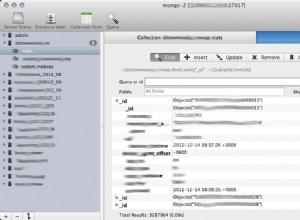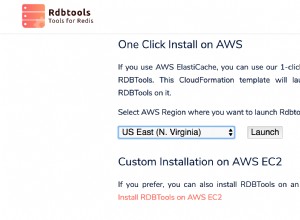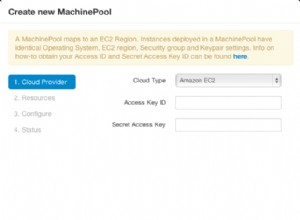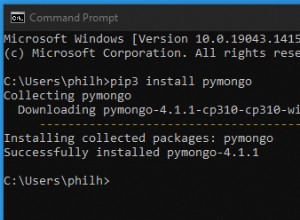Atualização:
A partir da v2.0 do Spring Data, você pode fazer isso:
SampleOperation matchStage = Aggregation.sample(5);
Aggregation aggregation = Aggregation.newAggregation(sampleStage);
AggregationResults<OutType> output = mongoTemplate.aggregate(aggregation, "collectionName", OutType.class);
Resposta original:
Camadas de abstração como spring-mongo sempre ficarão muito atrás dos recursos lançados pelo servidor. Portanto, é melhor construir você mesmo a estrutura do documento BSON para o estágio de pipeline.
Implemente em uma classe personalizada:
public class CustomAggregationOperation implements AggregationOperation {
private DBObject operation;
public CustomAggregationOperation (DBObject operation) {
this.operation = operation;
}
@Override
public DBObject toDBObject(AggregationOperationContext context) {
return context.getMappedObject(operation);
}
}
E depois use no seu código:
Aggregation aggregation = newAggregation(
new CutomAggregationOperation(
new BasicDBObject(
"$sample",
new BasicDBObject( "size", 15 )
)
)
);
Como isso implementa
AggregationOperation isso funciona bem com os métodos auxiliares de operação de pipeline existentes. ou seja:Aggregation aggregation = newAggregation(
// custom pipeline stage
new CutomAggregationOperation(
new BasicDBObject(
"$sample",
new BasicDBObject( "size", 15 )
)
),
// Standard match pipeline stage
match(
Criteria.where("myDate")
.gte(new Date(new Long("949384052490")))
.lte(new Date(new Long("1448257684431")))
)
);
Então, novamente, tudo é apenas um objeto BSON no final do dia. É apenas uma questão de ter um wrapper de interface para que os métodos de classe em spring-mongo interpretem o resultado e obtenham seu objeto BSON definido corretamente.




